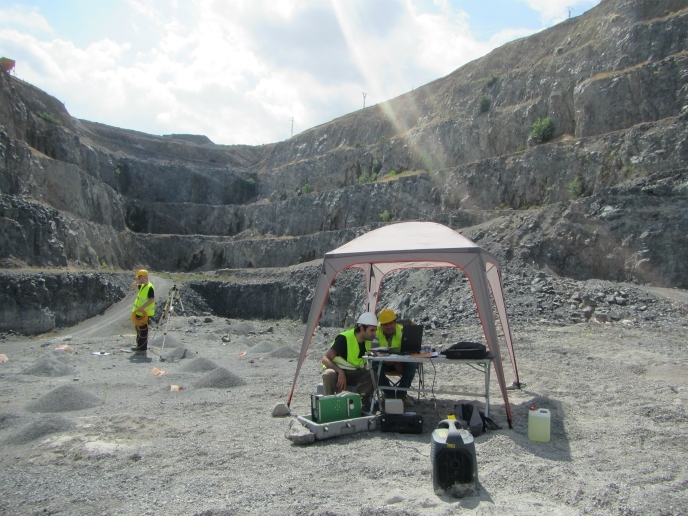Plotting a new course for efficient maritime transport
Ship owners want to reduce the sailing time of their ships and exposure to adverse weather conditions, thus cutting fuel consumption and greenhouse gas emissions. In order to accomplish this goal, ship masters need a system to plan their sailing routes that can optimise a number of complex criteria. Designing this new method is the goal of the 'Navigational system for efficient maritime transport' (NAVTRONIC)(opens in new window) project, funded by the EU. The project's overall strategy is to assess all types of real-time information that are capable of improving the sailing planning operation. Based on this analysis, the NAVTRONIC project has developed a new generation of route-planning models for ships. It also improved the reliability of weather forecasts for shipping, along with developing better models for fuel consumption and emission reduction. The project team has identified the sailing planning requirements of the main end users, transforming them in technical specification for the mathematical models and algorithms of the routing system. The architecture of the navigation system has been refined and finalised a number of times during the project, and all the essential sub-models have been developed. In the final part of the project, a fully operational prototype was developed. In order to test the system, the Navtronic system has been installed on ships operated by different end users. This trial system includes an On-Shore Control Centre to host a suite of computational intensive optimisation algorithms, an Off-shore Integration Platform installed on the ships to acquire real-time parameters, and a Graphical User Interface installed on the ship-bridge and in fleet-management offices. The prototype system has been tested onboard ships for about a year. During these sea trials, the feedback from the users has been used to improve and validate the prototype for planning the sailing routes of ships. Beneficiaries of the system will include the EU's freight and passenger transport sectors, citizens, and climate change stakeholders and policymakers.







